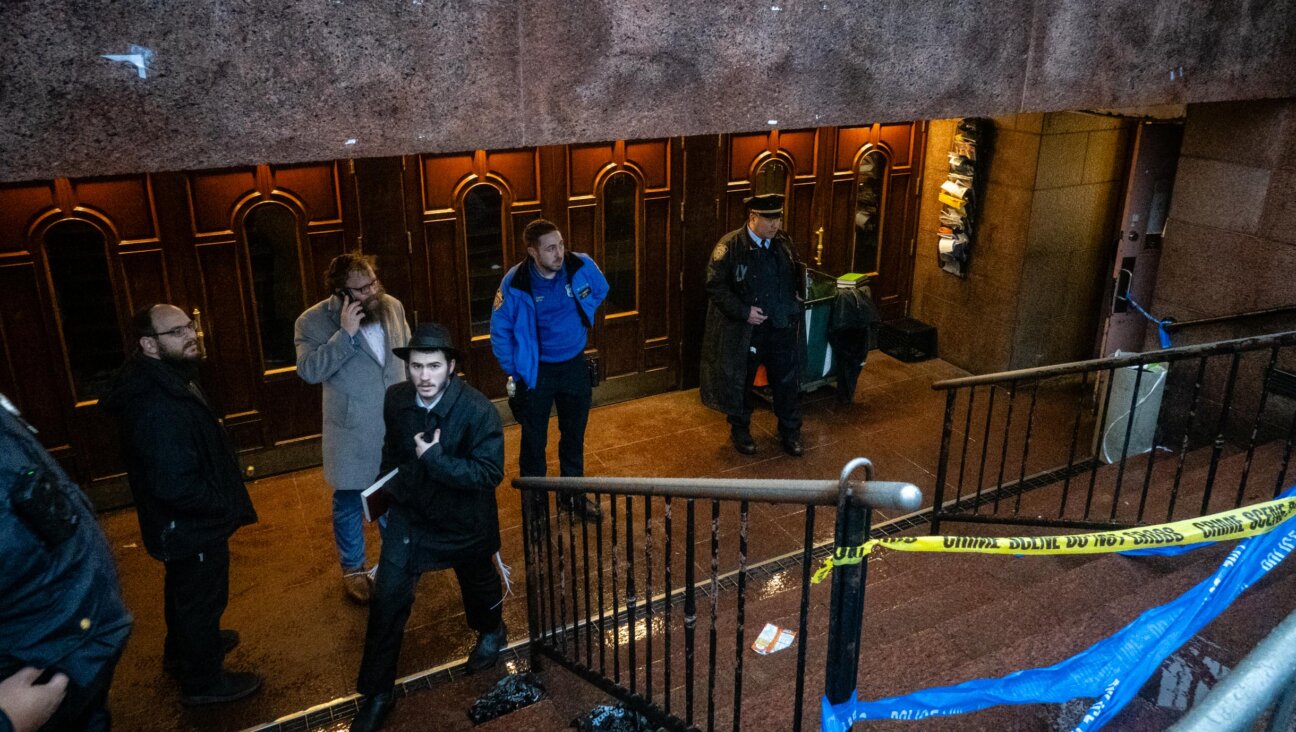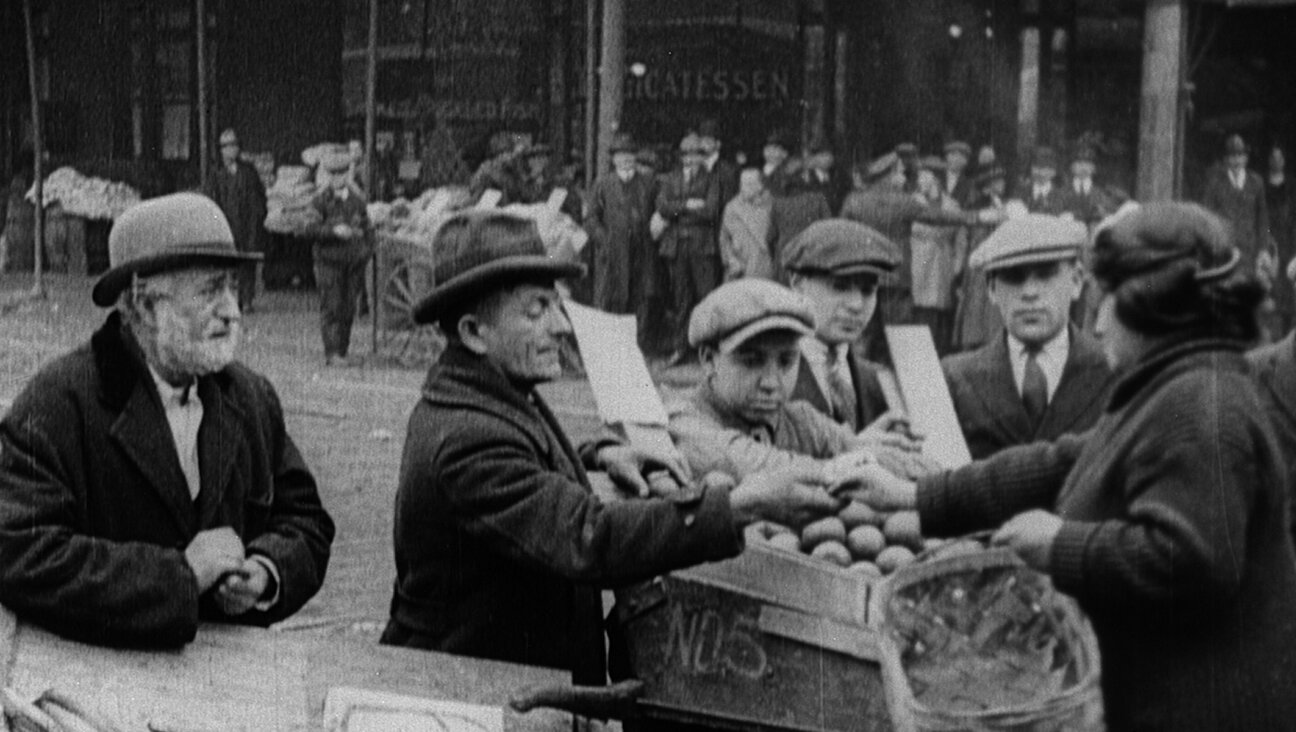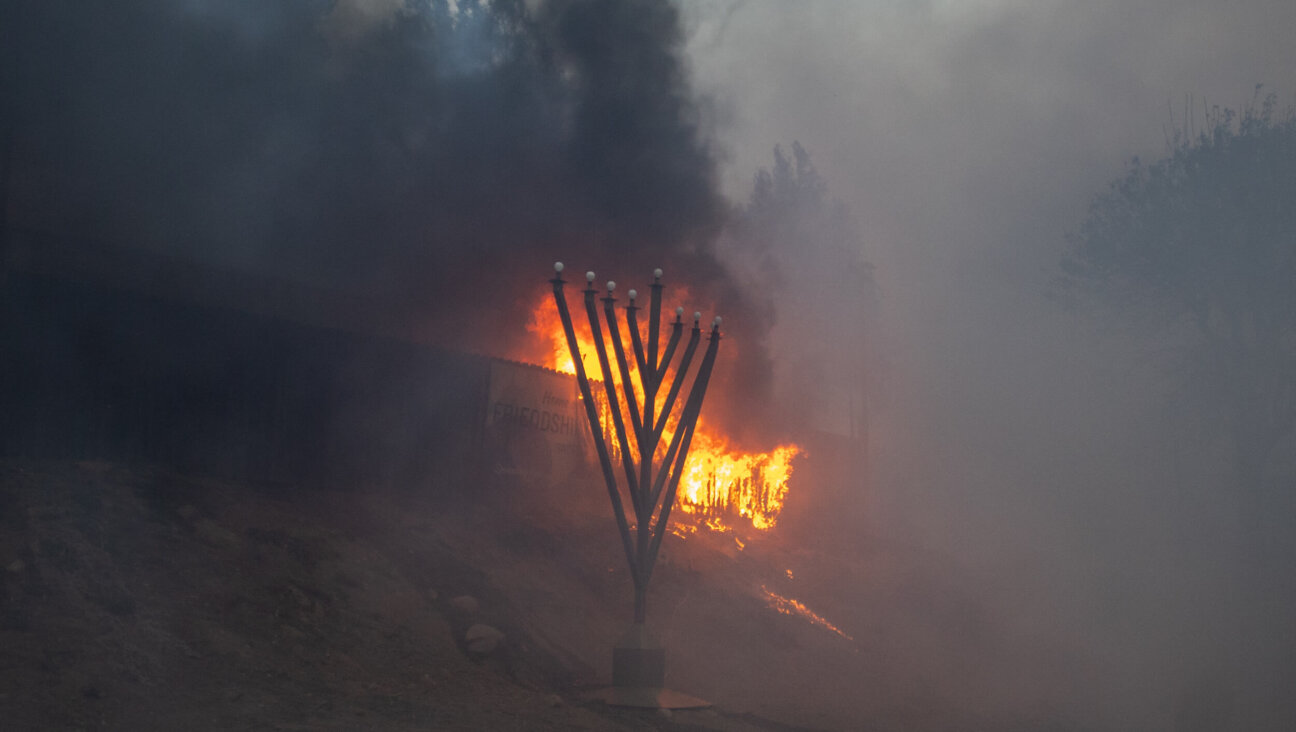Jerusalem Road Cuts Village, Drives Arab Discontent
The mechanical diggers start work soon after dawn, cutting through a leafy village on the outskirts of Jerusalem to build a six-lane highway that has become the latest focal point of Arab-Israeli discontent.
The road leads directly to Jewish settlements, built on occupied land around the foothills of Bethlehem. When finished, it will allow the settlers to speed down to Israel’s thriving coastal plains, unhindered by traffic lights or roundabouts.
Their gain is coming at the expense of Beit Safafa, home to some 10,000 people – a largely Arab neighbourhood and a rare oasis of peace and calm in an often troubled region.
“Ever since the Israelis arrived, all they have done is take land away from the village. Now they are cutting it in two with their road,” said 38-year-old Ala Salman, whose house rattles with the roar of diggers tearing up the nearby ground.
“Their aim is to force us all away.”
Local Jewish politicians dismiss any such accusations, saying the road was approved back in 1990 and is part of the normal expansion any major city must undergo to cope with a growing population and increased traffic flows.
“This is fulfilling the role of a ring road for the city, helping both the Jewish and Arab communities,” said deputy Jerusalem mayor, Naomi Tzur. “It is perfectly legitimate for the residents to complain, but I do not think this should be seen as part of a geopolitical struggle,” she added.
That is an almost impossible wish in this part of the world, where every rock and olive tree is marked by history.
Unlike some nearby Arab villages, most of Beit Safafa’s residents stayed put during the 1948 Arab-Israeli war, but their community was split in two under the 1949 armistice, with a fence built to divide the Jordanian and Israeli halves.
After Israel’s victory in the 1967 war, the village was re-united. Swathes of surrounding agricultural land were taken for Jewish settlements and industrial estates, but the village itself remained largely intact, its neat stone houses interspersed by flowery meadows and olive groves.
“If this was a Jewish neighbourhood, there would be 100,000 people living here,” said Yair Singer, one of the road construction engineers. “Time cannot stand still.”
TUNNEL VISION
When the bulldozers arrived in November, activists went straight to court, saying they had never received detailed plans and arguing that the road broke safety norms by coming within less than 10 metres (32 feet) of some of the homes.
They lost the initial verdict and have appealed.
Locals are also staging regular protests, looking to block access to another major road that flanks Beit Safafa on its way to the adjacent urban settlement of Gilo. On Friday, eight protesters were detained after their latest demonstration.
“Beit Safafa was a very peaceful place. We have not made any trouble. But because we are Arabs, they think they can do what they like to us,” said Salman, an artisan who earns his living by making Jewish ornaments in a nearby workshop.
In all, 1,000 people in the village will be left isolated on the wrong side of the highway.
Promises by city authorities to build two or three road bridges to connect them to the rest of their community bring little cheer. Locals say it will only lead to more land confiscation, more tarmac and less greenery.
Instead, they want the entire 1.6 km (one mile) stretch of road covered by a tunnel. “Unfortunately we cannot cancel the road, but we are trying to limit the damage,” said Nisreen Alyan, a lawyer and Beit Safafa resident.
Villagers point to two stretches of the same highway that have already been completed and were concealed inside tunnels when they neared Jewish neighbourhoods.
Deputy mayor Tsur says the city, as a concession, has promised to cover 180 metres of the new road, but that further tunnelling would not be possible because it would require fresh planning permission, which would take years to complete.
She hinted that Arabs lacked political clout because most refused to take part in local elections in protest against Israel’s annexation of East Jerusalem after 1967.
“We have a basic problem that Arabs do not engage in city politics. They should have a third of the seats in the city council … and they don’t take advantage of the electoral system as they should,” she said. (Editing by Alistair Lyon)
A message from our Publisher & CEO Rachel Fishman Feddersen

I hope you appreciated this article. Before you go, I’d like to ask you to please support the Forward’s award-winning, nonprofit journalism so that we can be prepared for whatever news 2025 brings.
At a time when other newsrooms are closing or cutting back, the Forward has removed its paywall and invested additional resources to report on the ground from Israel and around the U.S. on the impact of the war, rising antisemitism and polarized discourse.
Readers like you make it all possible. Support our work by becoming a Forward Member and connect with our journalism and your community.
— Rachel Fishman Feddersen, Publisher and CEO























